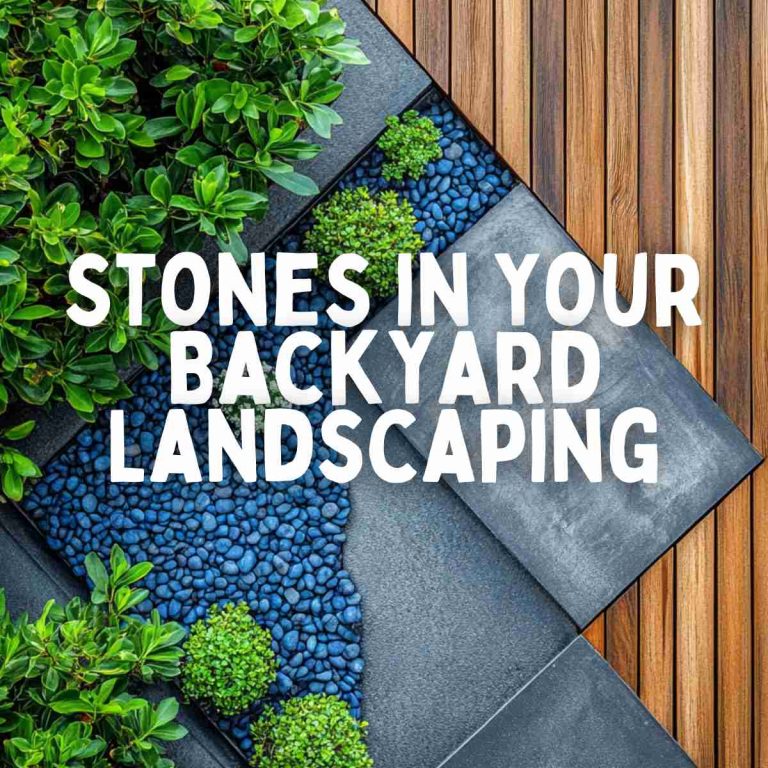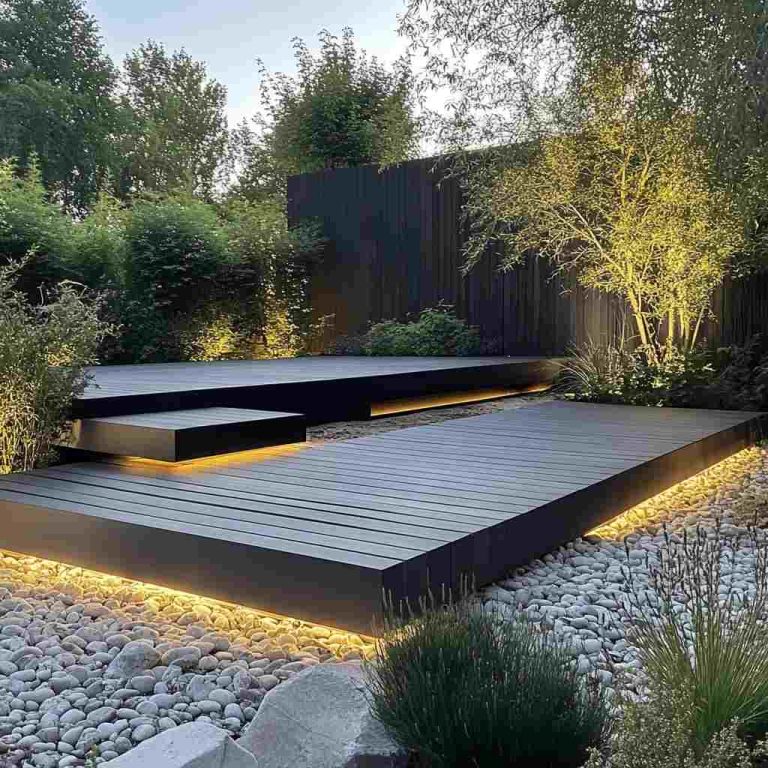Minimalist 3D Ceramic Wall Art for Clean Interiors
In the world of interior design, minimalism continues to captivate with its promise of clarity, balance, and calm. As homes become sanctuaries of retreat and reflection, more designers and homeowners are turning to tactile, elemental materials to elevate simple spaces. One of the most elegant and unexpected accents in this evolution is 3D ceramic wall art — a medium that merges ancient craftsmanship with modern restraint. Subtle yet sculptural, these ceramic installations offer depth and warmth to clean interiors without disrupting the serenity that minimalism demands.
This article explores the rising trend of minimalist 3D ceramic wall art: what it is, how it transforms a space, and how to thoughtfully incorporate it into your own interior.
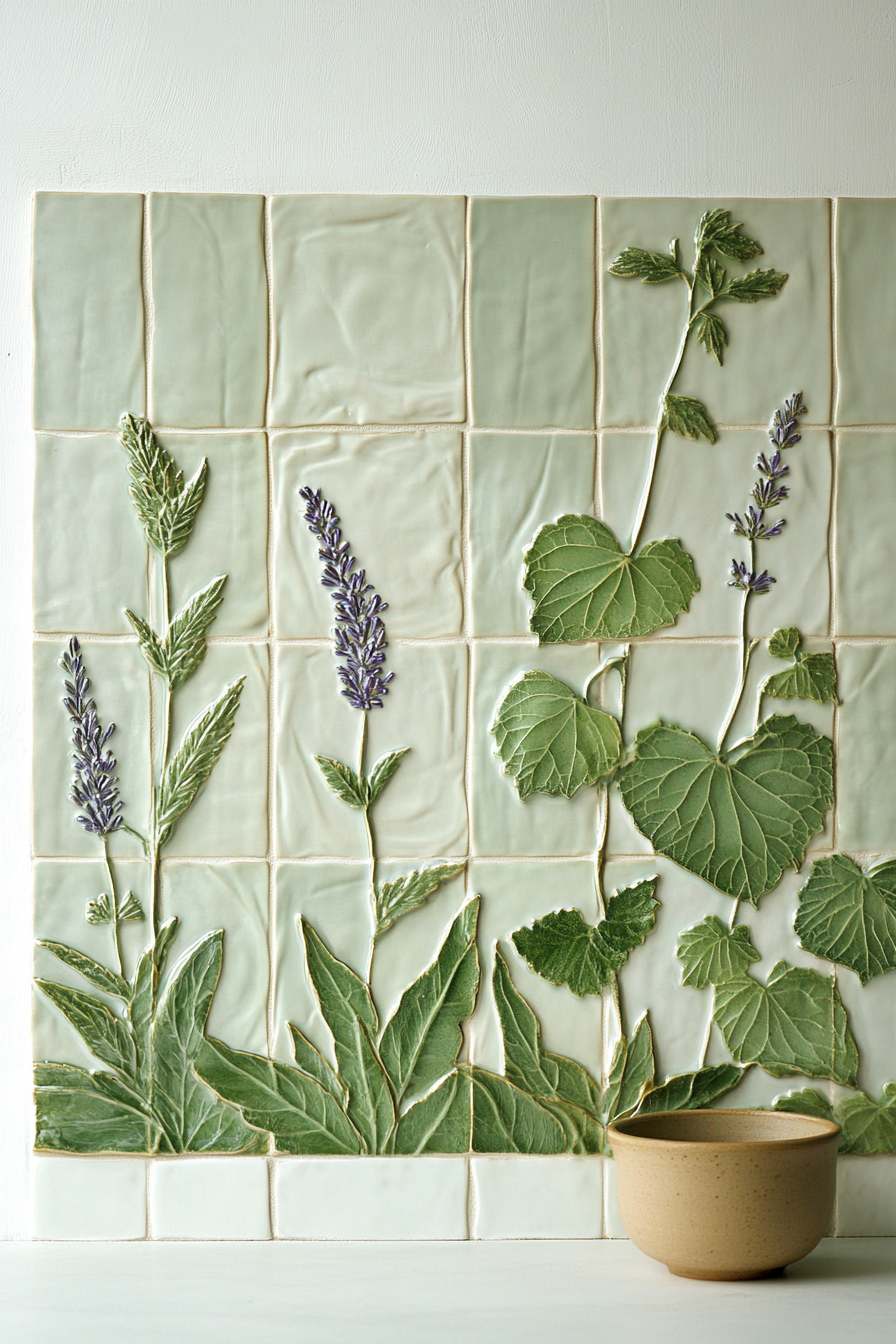
Understanding Minimalism in Interior Design
Minimalism is more than just an aesthetic; it’s a lifestyle and design ethos rooted in purpose. Its core principles revolve around simplicity, functionality, and intentionality. Spaces are pared back to essentials, with every element serving a purpose — either practical or visual.
What often sets minimalist interiors apart is their mastery of form and texture. In environments where color palettes are restrained — think whites, beiges, charcoals, and soft greys — the role of texture becomes magnified. Materials like linen, wood, stone, and now ceramics add sensory variation to otherwise quiet spaces.
Minimalism isn’t cold or impersonal. When executed well, it’s warm, harmonious, and deeply expressive — and ceramic wall art plays a pivotal role in achieving that effect.
The Art of Ceramic: A Brief History
Ceramic art traces its origins back thousands of years, appearing in virtually every culture around the world. From the hand-coiled vessels of ancient Japan to glazed tiles in Moorish Spain and porcelain figures in imperial China, ceramics have always straddled the line between the functional and the decorative.
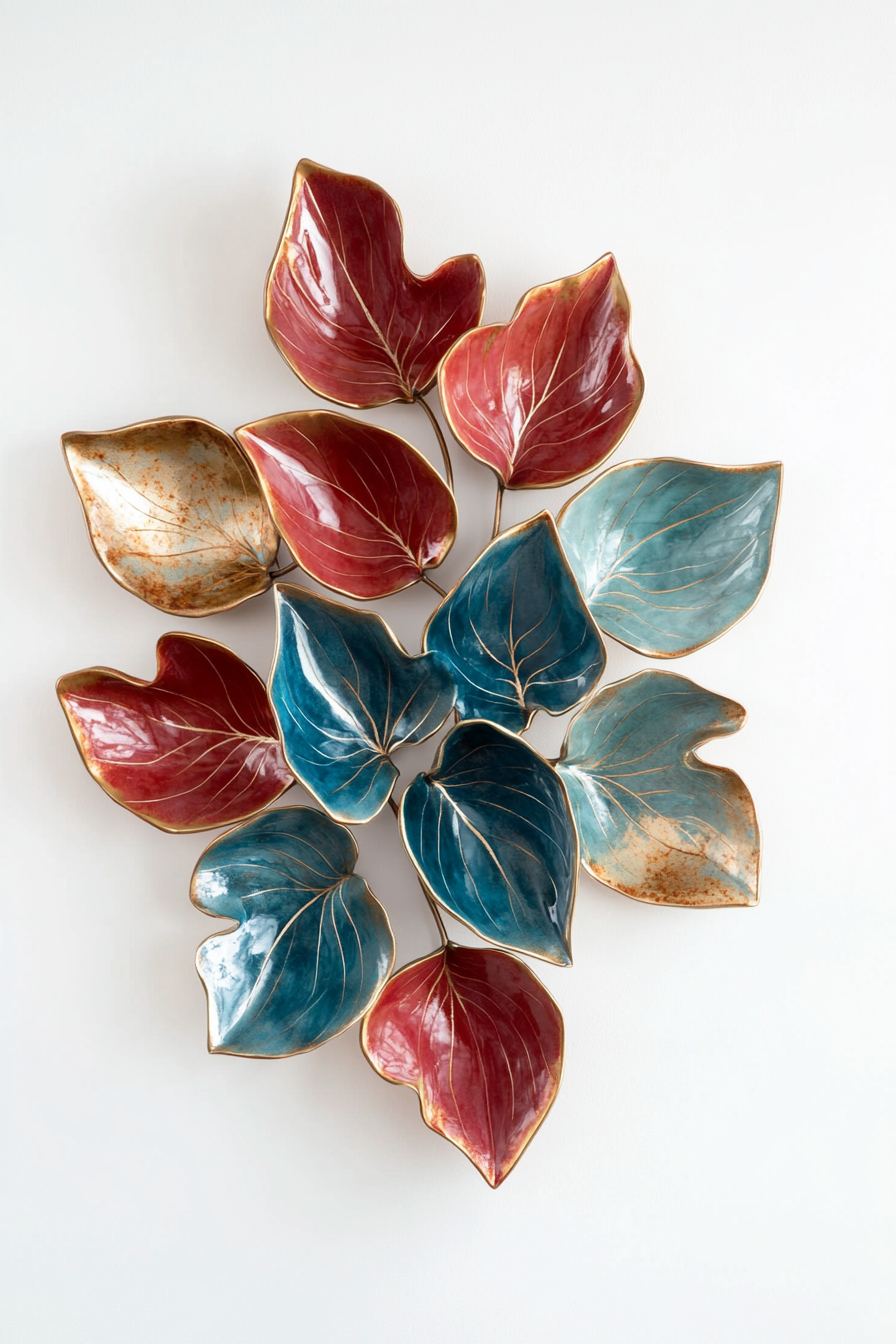
In the 20th century, ceramic art experienced a renaissance through movements like Modernism and Bauhaus, where form began to eclipse function. Today, artists use clay not just for utility, but as a sculptural language — one that speaks through curves, shadows, and negative space.
This transition laid the foundation for contemporary ceramic wall art: still grounded in tradition, but reimagined for modern interiors.
Why 3D Ceramic Wall Art?
Unlike flat prints or canvas paintings, 3D ceramic wall art engages space in a uniquely physical way. Whether mounted as single panels, modular pieces, or full-scale installations, they create a dialogue with light, shadow, and surface.
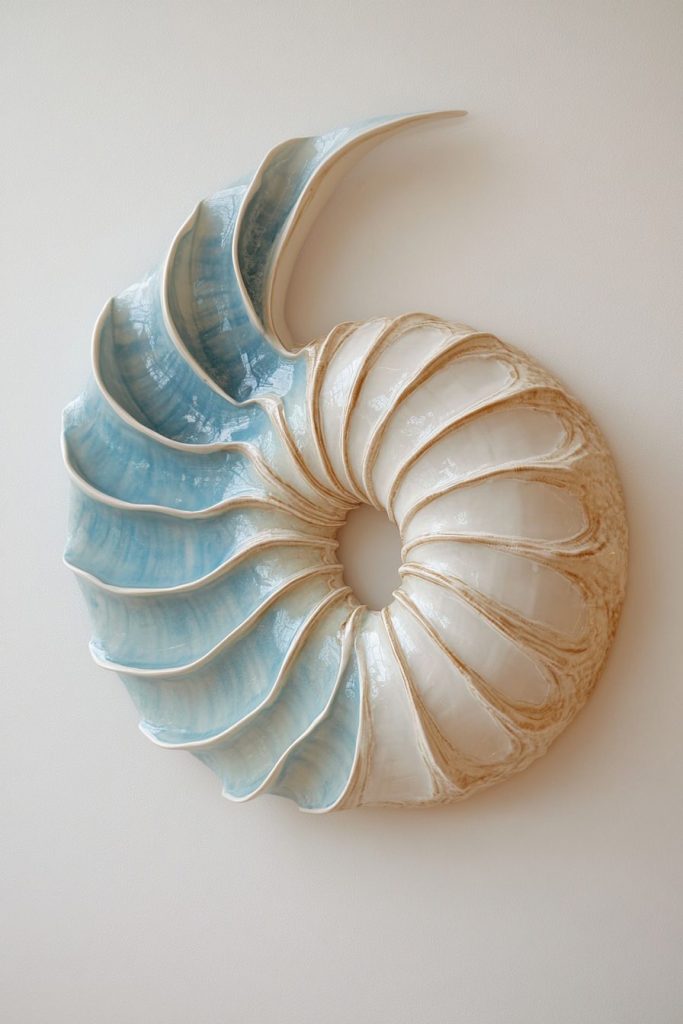
These pieces often have organic contours that catch daylight differently throughout the day, creating dynamic textures that change with the sun. They bring softness to sharp minimalist lines and add warmth to colder palettes like concrete, metal, or white-washed wood.
For minimalists who desire art with presence but not noise, ceramic wall sculptures offer the perfect balance.
Key Characteristics of Minimalist 3D Ceramic Wall Pieces
• Muted Tones
Minimalist ceramics rarely use bold colors. Instead, they favor soft, earthy, or monochromatic palettes: ivory, sand, slate, blush, or matte black. These shades blend seamlessly into neutral backdrops.
• Organic and Geometric Forms
Some artists lean toward fluid, wabi-sabi-inspired shapes — imperfect circles, waves, or folds. Others prefer the precision of geometric grids, lines, and cubes. Both reflect different aspects of minimalism.
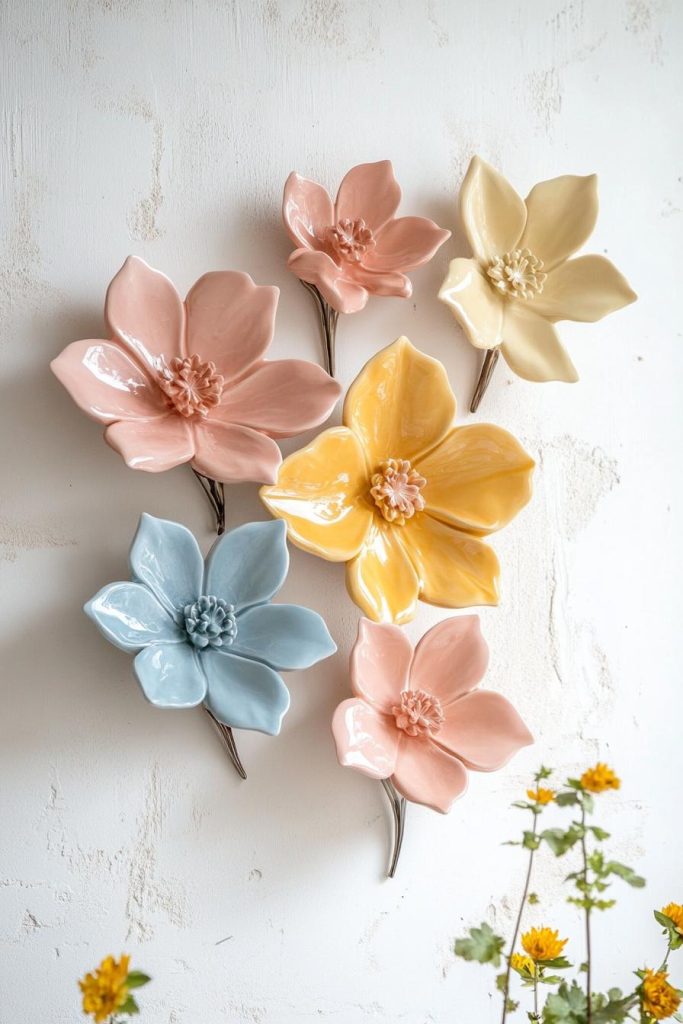
• Tactile Texture
Surfaces range from raw and unglazed finishes to smooth, refined sheens. Raised ridges, concave impressions, or subtle carvings invite closer inspection.
• Light Interaction
Well-placed ceramic art plays with shadows and highlights, offering a sense of movement and depth — perfect for otherwise static spaces.
How Ceramic Wall Art Enhances Clean Interiors
In a minimalist home, every detail counts. Ceramic wall art adds a layer of depth without overwhelming the space. Here’s how it works:
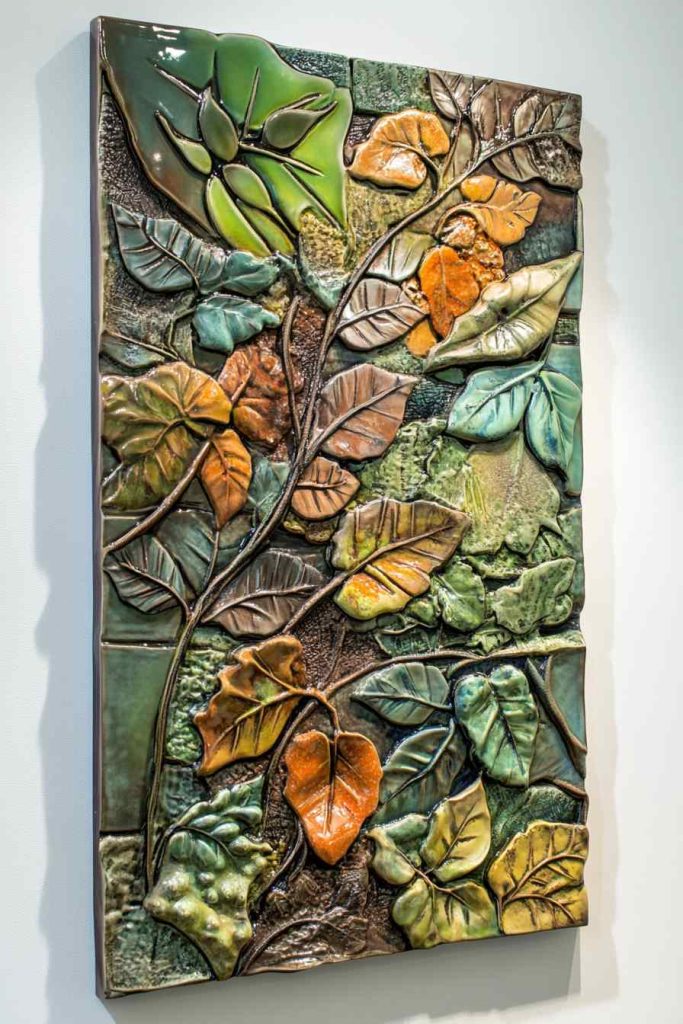
- Breaks Monotony: When walls are plain and palettes are minimal, ceramic art introduces variation without clutter.
- Focal Points Without Distraction: A single large piece or an artful grid of ceramic tiles can center a room without demanding too much attention.
- Amplifies Natural Light: Depending on the finish, ceramics can reflect light subtly, brightening spaces.
- Softens Harsh Surfaces: In homes with glass, metal, or concrete, ceramics introduce warmth and tactility.
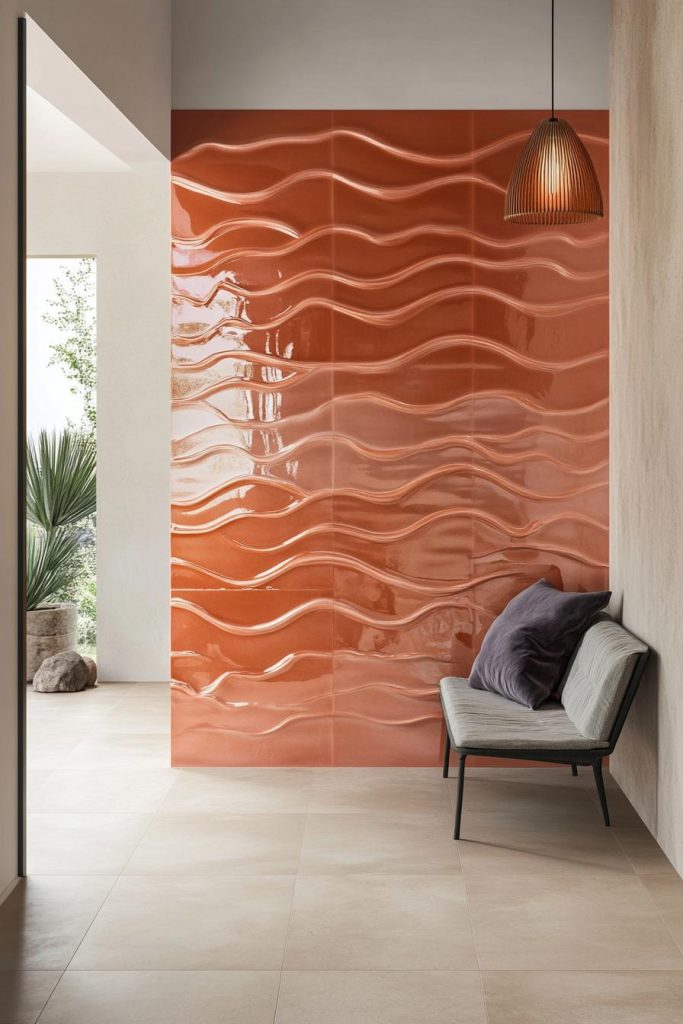
Design Styles and Motifs
• Abstract Minimalism
These pieces focus on form over representation. Irregular waves, folded planes, or layered ridges embody the language of pure design.
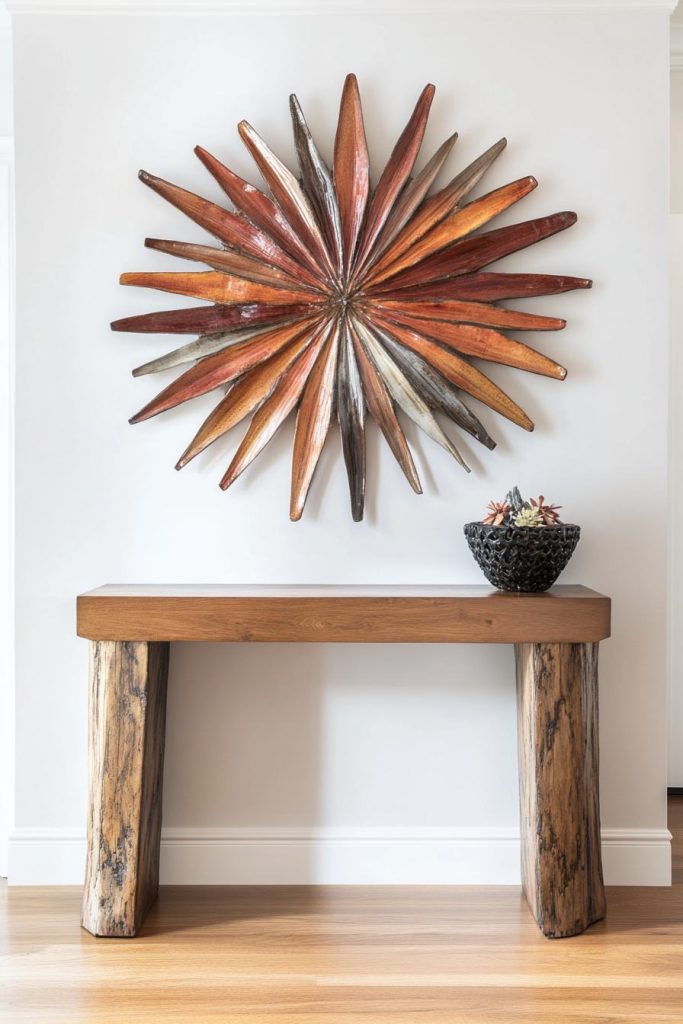
• Wabi-Sabi Aesthetic
Rooted in Japanese philosophy, this style embraces imperfection and nature. Expect hand-molded pieces with subtle asymmetry and earthy textures.
• Scandinavian Influence
Scandi ceramics often combine soft geometry with pale hues — a perfect match for airy, whitewashed interiors.
• Nature-Inspired Forms
Inspired by water ripples, leaves, shells, or stones, these pieces create organic rhythms across the wall, grounding the space in the natural world.
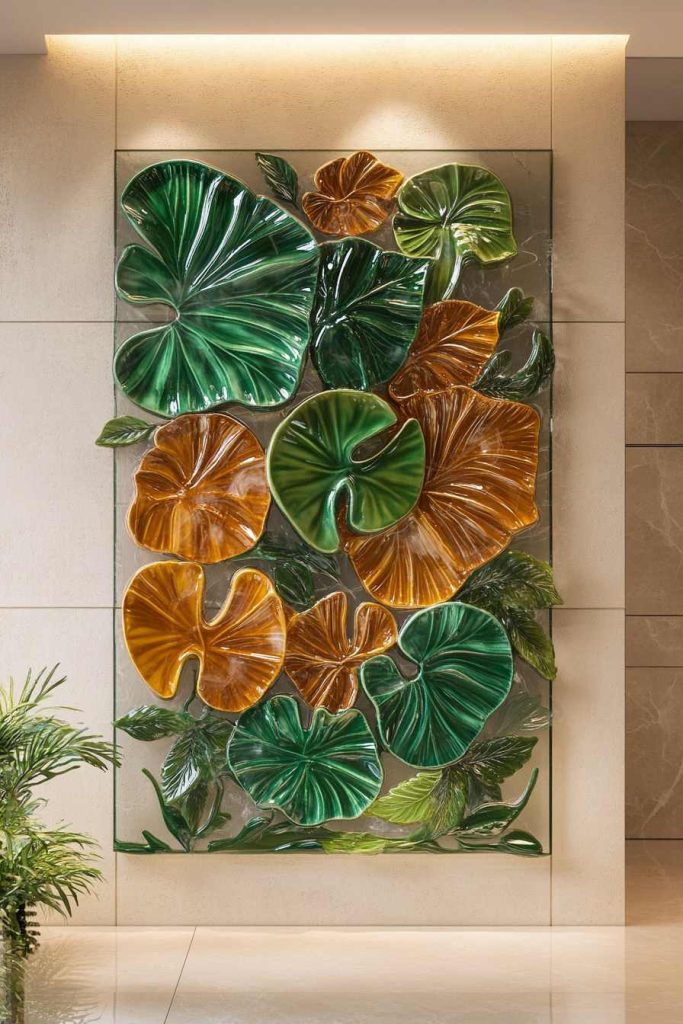
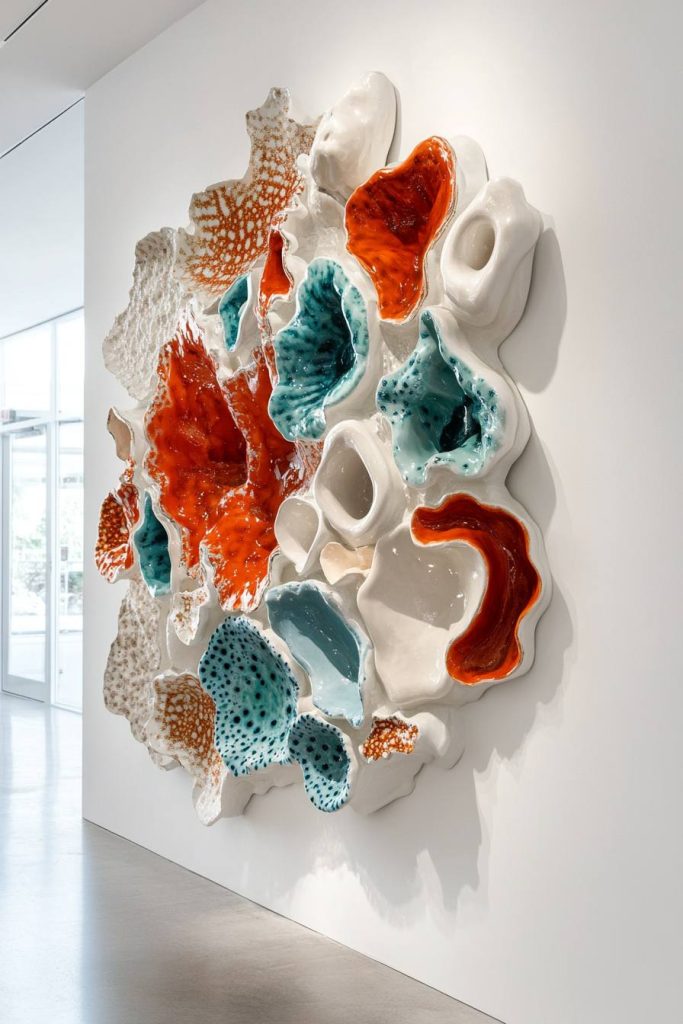
Placement Strategies in Interior Spaces
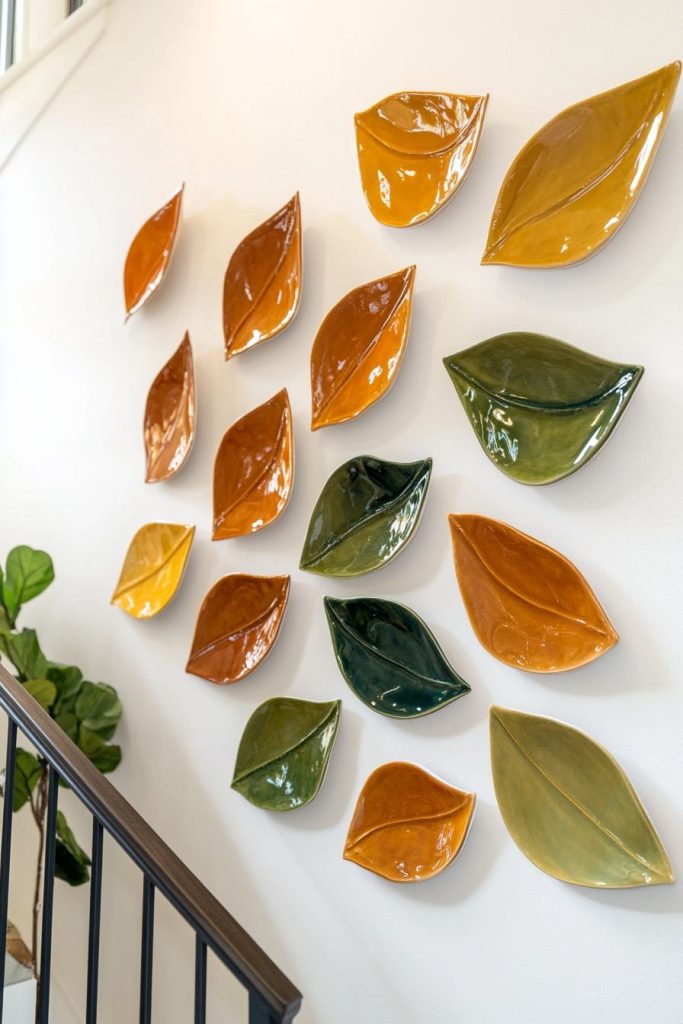
Strategic placement can transform how ceramic art is perceived:
- Living Rooms: Install a horizontal ceramic piece above a low console or a fireplace for balance and focus.
- Bedrooms: Use a calming vertical triptych behind the headboard to add soft drama.
- Entryways: A row of sculptural tiles welcomes guests with tactile interest.
- Bathrooms: Glazed ceramics resist moisture and offer a spa-like aesthetic.
- Kitchens: Small ceramic panels add charm near dining nooks or counters without intruding on function.
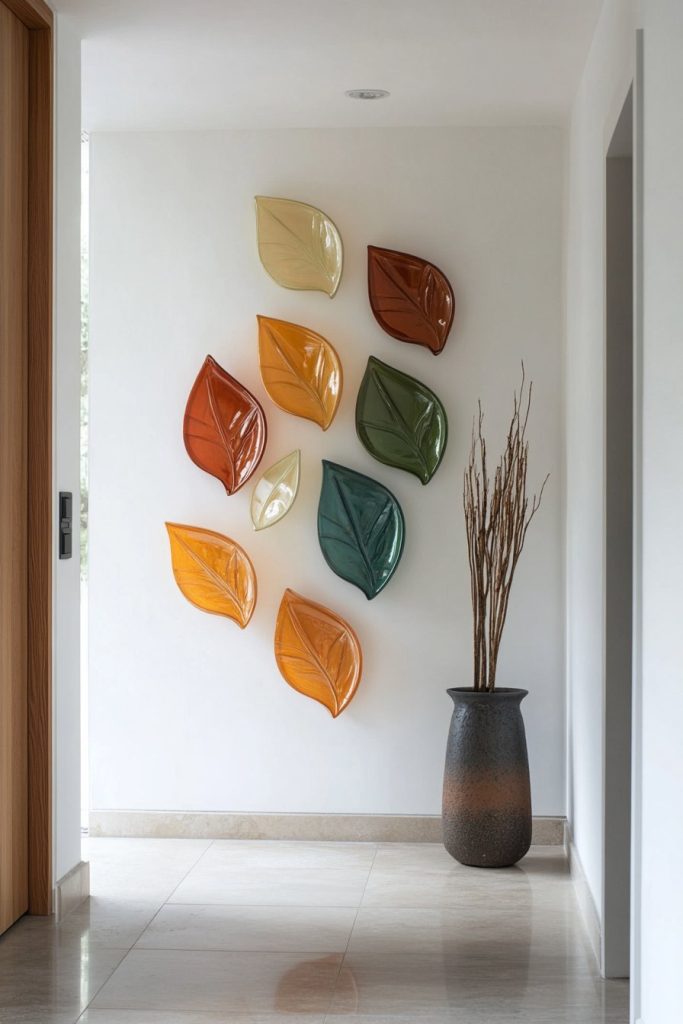
Spacing, lighting, and proportion are key — minimalist design thrives on restraint and intentional layout.
Choosing the Right Piece for Your Space
When selecting 3D ceramic wall art, consider the following:
- Scale: A large open wall might call for a grand ceramic installation or a modular grid. Smaller spaces benefit from tighter, more delicate forms.
- Color Harmony: Match or contrast ceramic hues with your palette — soft beiges on white, or matte black against concrete.
- Material Match: Consider how the ceramics interact with surrounding materials like wood, textiles, or stone.
- Personal Expression: Choose art that evokes a mood — calm, curiosity, or serenity — and reflects your interior’s energy.
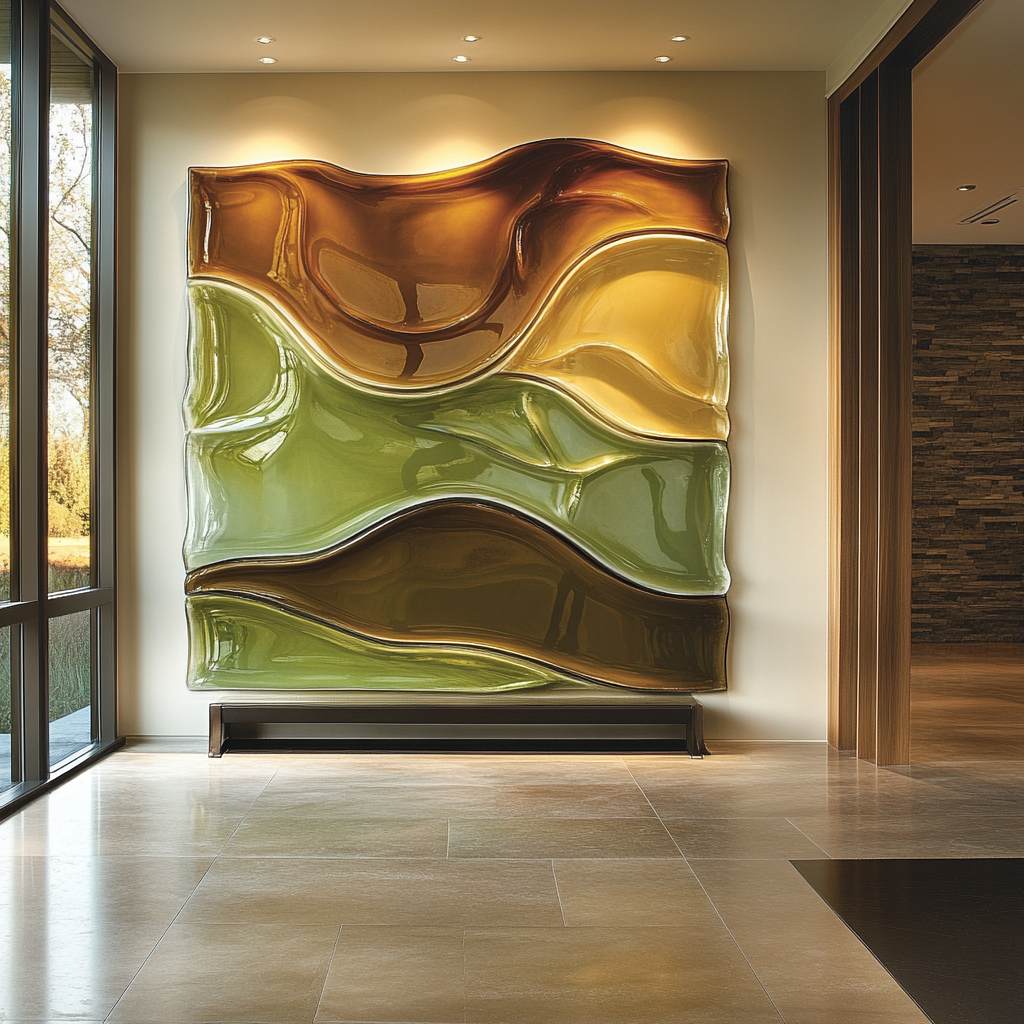
For a truly cohesive feel, consider commissioning a custom piece that responds directly to your space and story.
Installation Techniques and Considerations
Mounting ceramic wall art requires care and planning:
- Weight and Structure: Larger ceramic pieces can be heavy. Ensure your wall can support the load with appropriate anchors.
- Mounting Systems: Use flush mounts for a seamless look, or floating mounts to give depth. Some artists incorporate built-in hanging hardware.
- Lighting: Soft directional lighting can dramatize the shadows and textures of the ceramics beautifully.
- Maintenance Access: Make sure pieces can be dusted or cleaned without risk of damage.
Always follow the artist’s guidance or consult with a professional installer.
Top Ceramic Artists and Studios to Follow
Here are a few modern ceramicists and studios redefining wall art in minimalist spaces:
- Kristina Riska (Finland) – Known for monumental forms and a focus on materiality.
- Natalie Weinberger (USA) – Elegant, architectural ceramics with quiet drama.
- Lindsey Hampton (Canada) – Blends minimalism with joyful geometry.
- Studio Otoro (UK) – Specializes in custom installations and textural tile walls.
- Talia Mukmel (Israel) – Organic minimalism with a wabi-sabi approach.
Their works are often available through design galleries, online platforms like 1stdibs, The Future Perfect, or via direct commissions.
DIY Approaches to 3D Ceramic Wall Decor
For creative souls, minimalism doesn’t mean inaccessibility. Try:
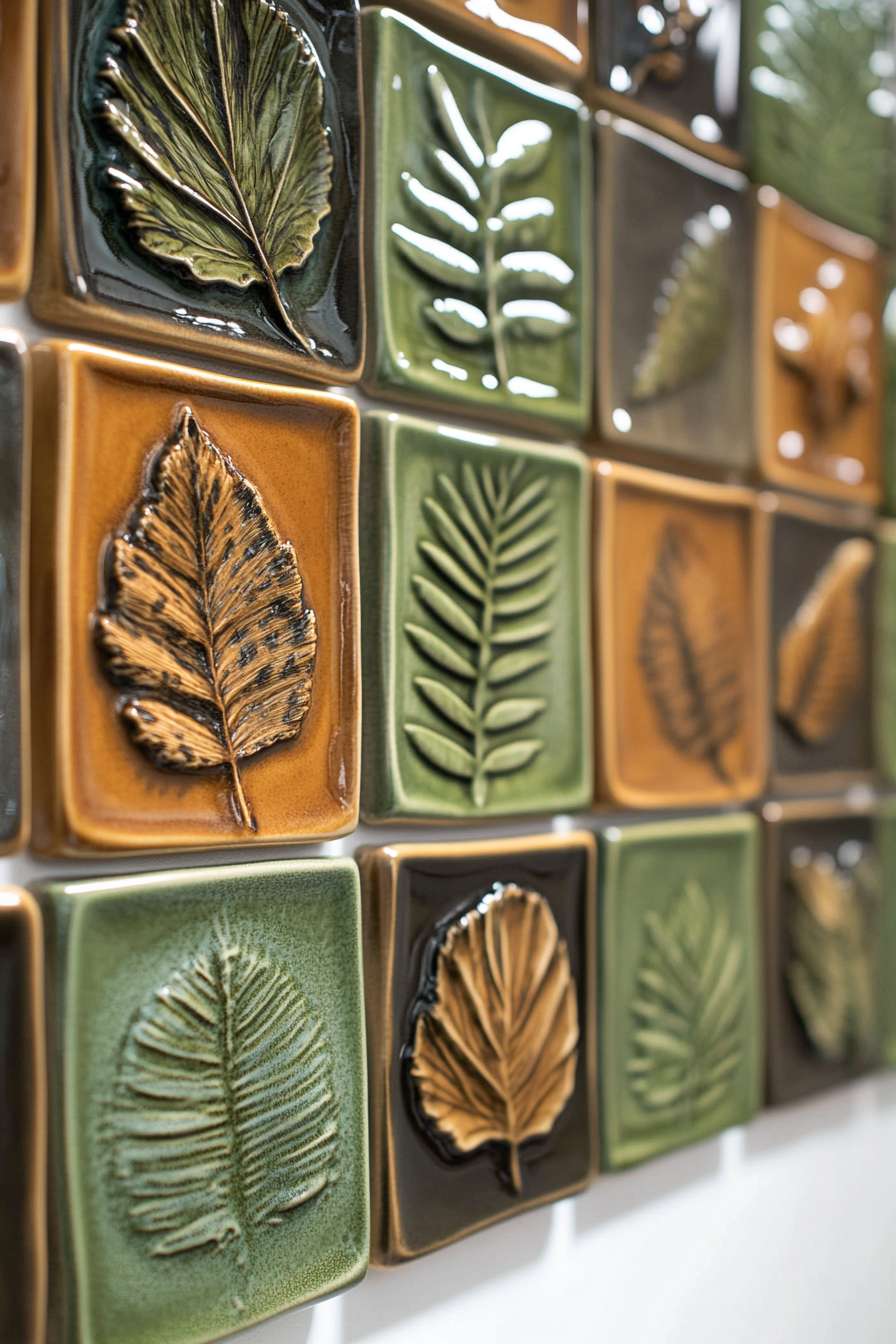
- Air-Dry Clay Projects: Create small tiles or wave forms. Paint in neutral tones and arrange as a gallery grid.
- Textured Ceramic Tiles: Buy handmade artisan tiles and mount in framed arrangements.
- Mixing Mediums: Combine clay pieces with wood backings or linen for layered depth.
DIY methods invite personalization and offer budget-friendly options for introducing ceramic art into your space.
Trends and Forecasts in Ceramic Wall Art
Looking forward, minimalist ceramic wall art is embracing:
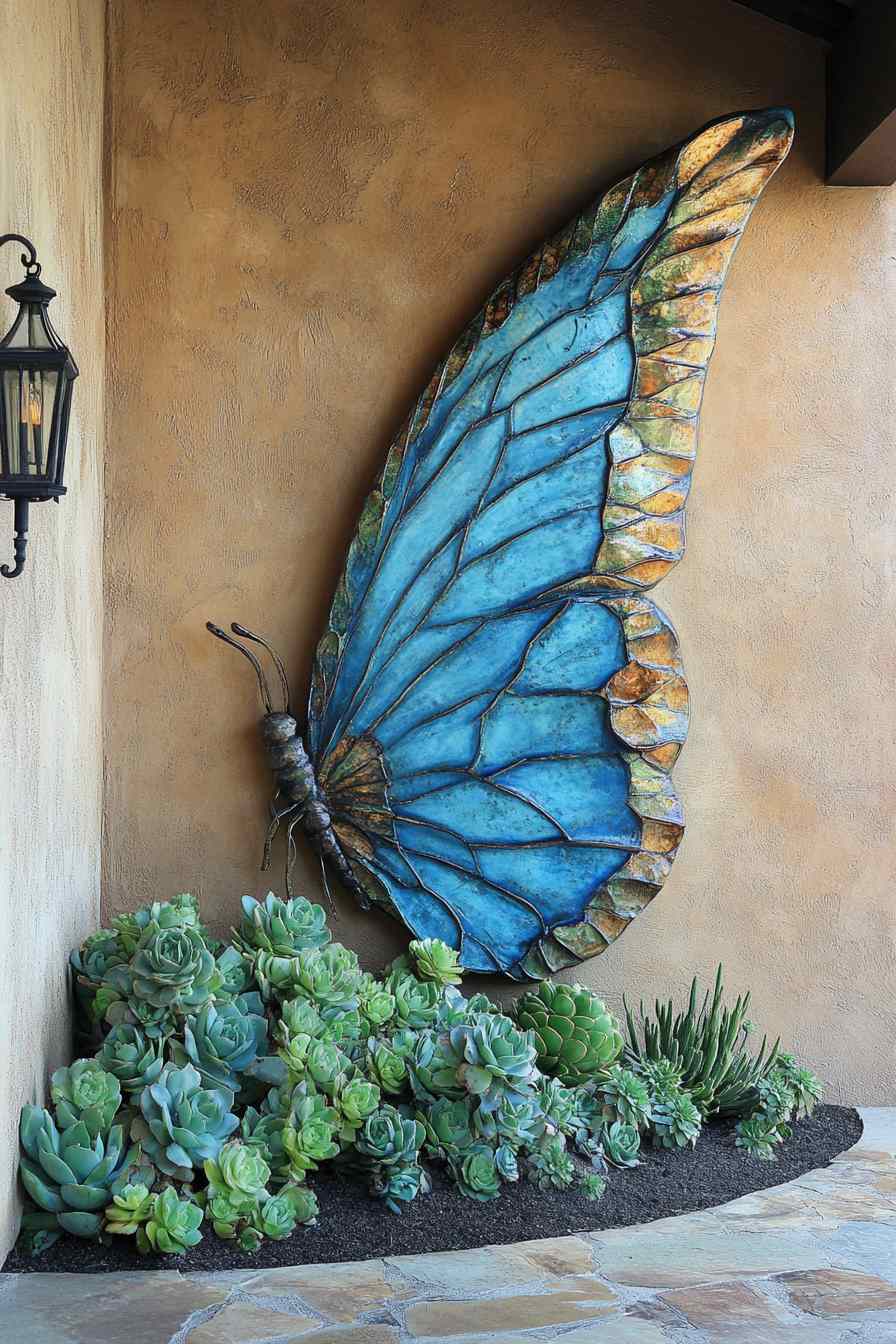
- Sustainable Materials: Artists are opting for locally sourced clays and natural finishes.
- 3D Printing & Clay: Digital fabrication blends with hand-finishing for hybrid aesthetics.
- Slow Design: Emphasis on artisanal, meditative creation processes aligns with the slow living movement.
- Biophilic Forms: Pieces that mimic natural forms continue to gain popularity in wellness-centered interiors.
Ceramic art will remain a steady presence in the future of thoughtful, minimalist design.
Maintaining and Caring for Ceramic Art
Ceramic wall pieces are durable but still require gentle care:
- Dust Regularly: Use a soft brush or microfiber cloth to avoid scratches.
- Avoid Harsh Cleaners: Use mild soap and water only if necessary.
- Mind Humidity: While glazed ceramics resist moisture, unglazed pieces can absorb it — keep them in temperate zones.
With proper maintenance, ceramic art retains its beauty for decades.
Combining Ceramic Art with Other Minimalist Decor Elements
Create cohesion by pairing ceramic wall pieces with:

- Linen Curtains or Upholstery: Complement the softness and texture.
- Natural Wood Furniture: Echo earthy tones and tactile appeal.
- Stone or Concrete Accents: Create contrast between rough and refined surfaces.
- Muted Rugs and Throw Textiles: Tie the space together without drawing attention away from the art.
The result is a layered, intentional home that feels serene and elevated.
Conclusion
In a world increasingly overwhelmed by noise and visual excess, minimalist 3D ceramic wall art offers a quiet, grounding presence. It transforms blank walls into tactile landscapes, elevating clean interiors with depth, warmth, and subtle artistry. Whether you’re curating a meditative home, updating a modern space, or simply seeking a piece of enduring beauty, ceramic wall art invites you to see — and feel — more with less.
FAQ: Minimalist 3D Ceramic Wall Art
Is ceramic wall art heavy to hang?
Yes, some pieces can be heavy depending on their size and thickness. Use wall anchors or consult with a professional for large installations.
Can ceramic art be used in bathrooms or kitchens?
Absolutely. Glazed ceramics are water-resistant and suitable for humid areas. Just ensure proper ventilation and mounting.
What’s the difference between glazed and unglazed ceramic?
Glazed ceramics have a smooth, glass-like finish that’s sealed. Unglazed ceramics are more porous, matte, and textured, often preferred in minimalist decor.
Is custom ceramic wall art expensive?
Custom work can range from a few hundred to several thousand dollars, depending on the artist, materials, and size. However, it ensures a unique fit for your space.
How do I clean ceramic wall pieces?
Gently dust with a soft cloth or brush. Avoid abrasive cleaners or scrubbing pads to preserve the finish.




